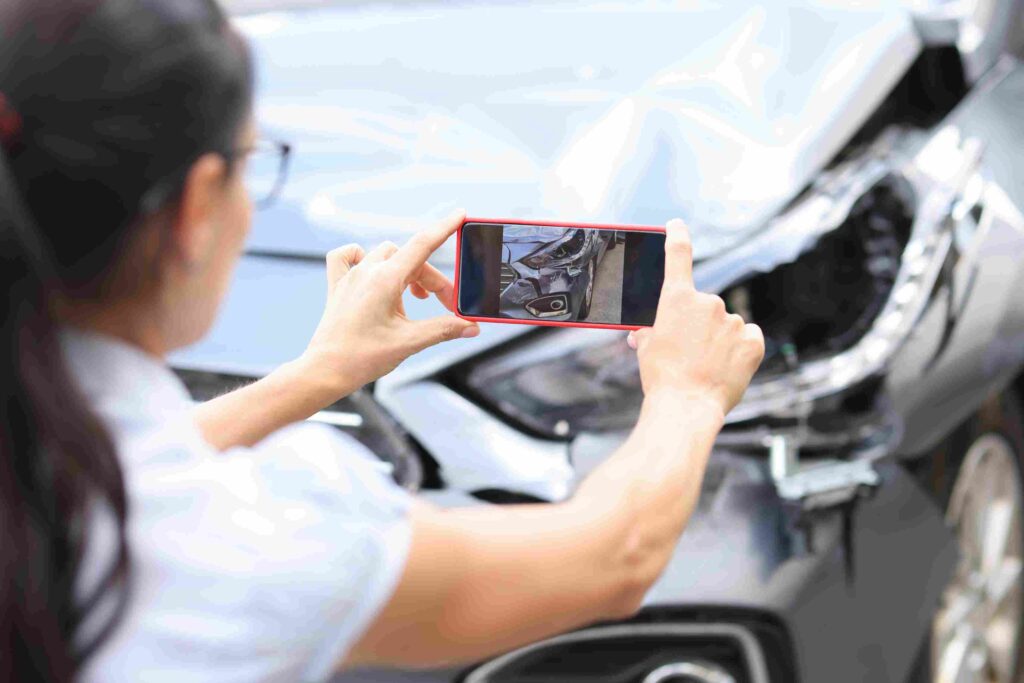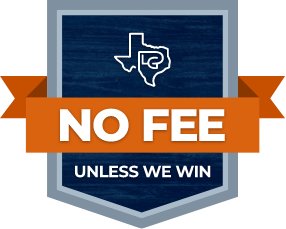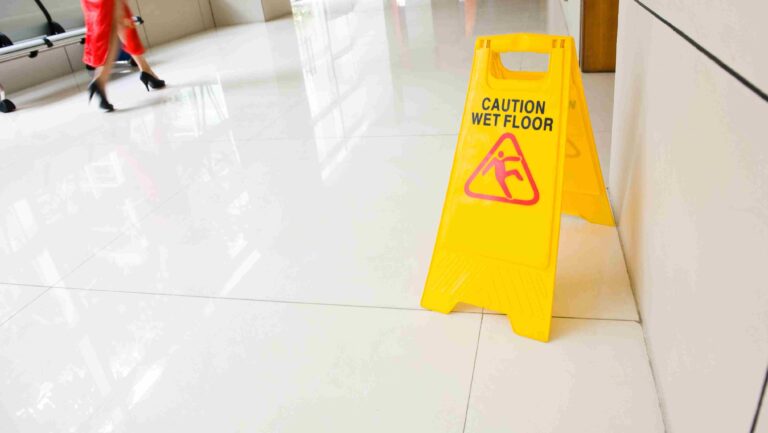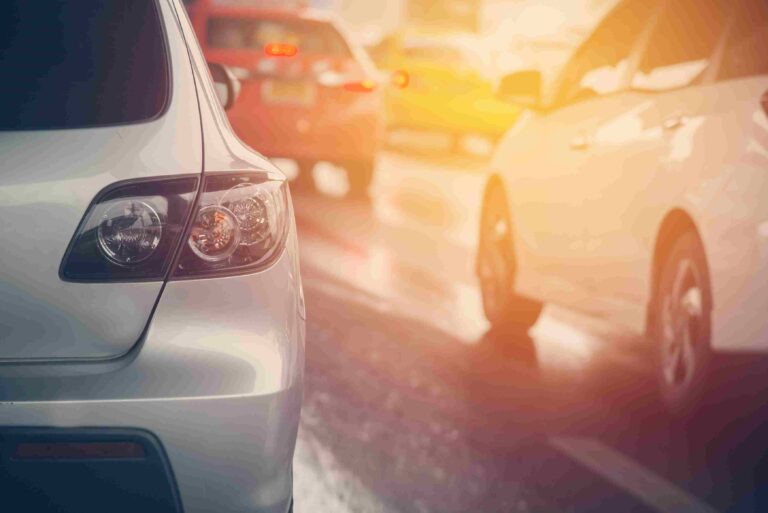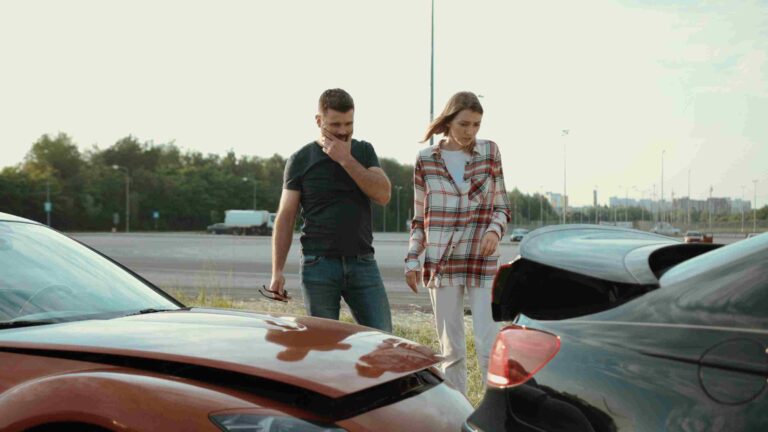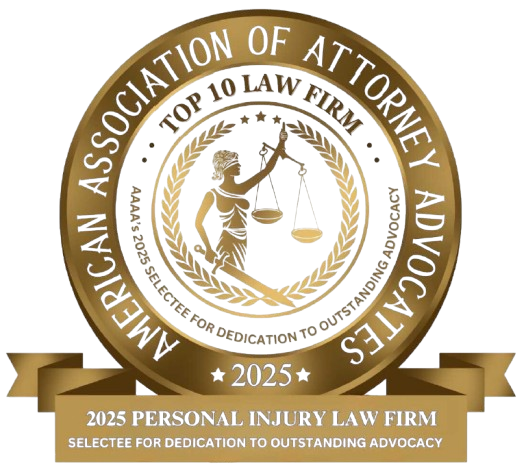In the chaos of a car accident, your first instinct might be to check for injuries, ensure your loved ones are okay, or simply try to make sense of what just happened. But what if we told you that one of your most powerful tools for protecting yourself after a crash is probably already in your hand—or within arm’s reach?
At Patterson Law Group, we’ve seen firsthand how smart use of a smartphone after a crash can strengthen a car accident case. As a Fort Worth car crash law firm, we understand the stress that follows a collision. But with a few simple steps and a bit of presence of mind, your phone can be your first line of defense against lowball insurance offers, incorrect police reports, and disputes about fault.
Let’s walk you through exactly how to use your phone to protect yourself after a crash.
Step 1: Call 911 Immediately
First things first—safety. The very first thing you should do after a crash is call emergency services. Even if the accident seems minor, it’s better to have a police report than to regret not having one later.
Texas law requires drivers to report any crash that causes injury, death, or apparent damage of $1,000 or more in value. According to Texas Transportation Code Section 550.026, failure to report can result in fines or even criminal charges.
Use your phone to call 911 and request both police and emergency medical assistance, even if you think your injuries are minor. Many injuries, like whiplash or internal trauma, don’t become evident until hours or even days later.
Once help arrives, it’s time to start documenting everything.
Step 2: Take Photos—And Lots of Them
Your phone’s camera is your best evidence collector. As a Fort Worth car crash attorney, we can’t emphasize this enough: documentation is critical. The more photos you take, the better your chances of proving what happened.
Here’s what to photograph:
- Your vehicle from every angle (even if the damage seems small)
- The other vehicle(s) involved, including license plates
- The scene of the crash: intersections, skid marks, street signs, traffic lights
- Damage to road barriers, curbs, or surrounding structures
- Any visible injuries to yourself or your passengers
- The other driver’s driver’s license and insurance card
Take wide shots of the entire scene and close-ups of specific damage. If possible, obtain timestamped photos or video—this can help establish the timeline of the crash.
Step 3: Record Witness Statements
If there are bystanders or other drivers who saw the accident, ask if they’re willing to make a statement. With their permission, you can use your phone’s voice recorder or video camera to capture their version of events. Be sure to get their full name and contact information.
Witness statements are powerful evidence, especially in cases where the other driver disputes fault or the police report is incomplete. This is one area where a car wreck lawyer in Fort Worth can help. We know how to follow up with witnesses and include their accounts in your claim.
Step 4: Exchange and Document All Driver Info
You’re legally required to exchange certain information with the other driver. Instead of just writing it down, take photos with your phone so you can’t lose it or misread handwriting.
What to collect:
- Driver’s license
- Insurance card
- License plate
- Vehicle make, model, and color
- Contact information (cell number and address)
Also note the number of passengers in the other vehicle and photograph them if they consent. This can prevent future disputes over injury claims.
Step 5: Use Your Notes App to Log Everything
Sometimes it’s the little things that make the most significant difference. Your phone’s notes app is perfect for writing down:
- The time and date of the crash
- The exact location
- Weather and road conditions
- What you remember about the crash (what speed you were going, where you were looking, what the other driver was doing)
Write this down immediately while your memory is fresh. Don’t wait until you get home—you’ll forget key details.
If you’re shaken up, even using voice-to-text can help you quickly record a timeline of what happened.
Step 6: Save Texts and Call Logs
After the crash, you may exchange information with the other driver or their insurance company. You may also receive calls from their insurance company.
Save everything.
Take screenshots of your call logs, voicemails, and texts, and email them to yourself so they’re backed up. A Fort Worth car accident law firm like ours can utilize these communications to establish timelines, identify misstatements, or expose pressure tactics employed by insurers.
If you receive a settlement offer by text or email, never agree to anything without speaking to an auto accident attorney in Fort Worth, TX. We’ve seen clients unknowingly sign away their rights for a few hundred dollars.
Step 7: Use Apps That Help You File a Claim
Many insurance companies offer mobile apps that allow you to file a claim directly from the scene. You can upload your photos, submit a police report, and even get a tow truck.
But be cautious. While these apps are convenient, they’re also designed to limit your insurer’s liability. Don’t admit fault or agree to a statement until you’ve spoken with a Fort Worth car crash attorney.
We recommend saving the following on your phone for emergencies:
- Your insurance company’s mobile app
- Your policy number
- Contact info for a trusted Fort Worth car accident law firm (like us)
- Local non-emergency police number
Step 8: Avoid Posting on Social Media
It might be tempting to post a photo of your wrecked car on Instagram or tweet about your crash. Don’t.
Insurance adjusters and defense attorneys frequently review social media accounts. A seemingly harmless post like “I’m okay, just a little sore” can be used to undermine your injury claim.
Instead, keep your social media silent about the crash until your case is resolved. Let your auto accident attorney in Fort Worth, TX, guide you on what to say—and what not to say.
The Importance of Legal Representation
Even if you do everything right at the crash scene, navigating insurance claims and proving liability is rarely easy. That’s where we come in.
As a Fort Worth car crash attorney, our job is to ensure the evidence you collect is used to its full potential. We work with medical experts, crash investigators, and insurance negotiators to maximize your recovery and protect your rights.
Texas uses a modified comparative negligence rule, which means your compensation can be reduced if you’re found partially at fault. If you’re more than 50% at fault, you may not be entitled to compensation at all (source).
We use your phone’s evidence—photos, videos, statements—to prove that you were not the one responsible, or that your share of fault was minimal. This can be the difference between walking away with full compensation or settling for less than you deserve.
Know Your Rights Under Texas Law
Here are a few key things you should know after a Texas car crash:
- You have two years from the date of the crash to file a personal injury claim (Texas Civil Practice and Remedies Code §16.003).
- You are entitled to compensation for medical bills, lost wages, pain and suffering, and property damage.
- Insurance companies are required to respond to your claim within 15 days of receiving all the necessary documentation (Texas Insurance Code §542.056).
If you feel you’re being ignored or pressured by an insurance adjuster, it’s time to call a Fort Worth car accident law firm.
Frequently Asked Questions: Using Your Phone After a Crash
What should I NOT do with my phone after a car accident?
Avoid posting anything about the crash on social media. Even simple updates like “I’m okay” or insurance companies can use photos of your car to downplay your injuries. Also, refrain from recording the other driver without their permission—Texas is a one-party consent state for audio recordings, but video recording can be more complicated.
Is it legal to take pictures of the other driver and their driver’s license or other identification documents?
Yes. You’re entitled to collect necessary information after an accident, including photographing the other driver’s license, insurance card, and license plate. Just be respectful and transparent in your approach. If the other party refuses, note that behavior and inform the responding officer.
Can I use recorded witness statements in a legal case?
As long as the witness is permitted to be recorded, these statements can help confirm your version of events and can be especially valuable if liability is contested. Share them with your Fort Worth car accident law firm so we can properly preserve and utilize them.
Should I use my insurance app to file a claim right away?
It’s okay to use the app to report the crash and upload documentation, but don’t give detailed statements or accept any settlement without first talking to an auto accident attorney in Fort Worth, TX. Insurance companies aim to pay as little as possible.
What if I didn’t take any photos at the scene—can I still file a claim?
Yes, but evidence makes a big difference. Even if you missed the moment, we can help you gather additional evidence, such as surveillance footage, dashcam videos, and witness interviews. Reach out to a car wreck lawyer in Fort Worth as soon as possible.
Turn Your Phone Into a Legal Ally
It’s no exaggeration to say that your phone could make or break your case. When used smartly, it can document the truth, protect your rights, and help build a compelling claim for compensation.
We know how overwhelming an accident can be. That’s why our team at Patterson Law Group is always ready to help. If you’ve been involved in a crash, contact us. We’ll review your phone evidence, handle the paperwork, and fight to get you every dollar you deserve.
After all, in the aftermath of a crash, it’s not just about fixing your car—it’s about protecting your future.
Need help after a car crash? Reach out to a Fort Worth car crash today. We’re ready to answer your questions and assist you in moving forward.


